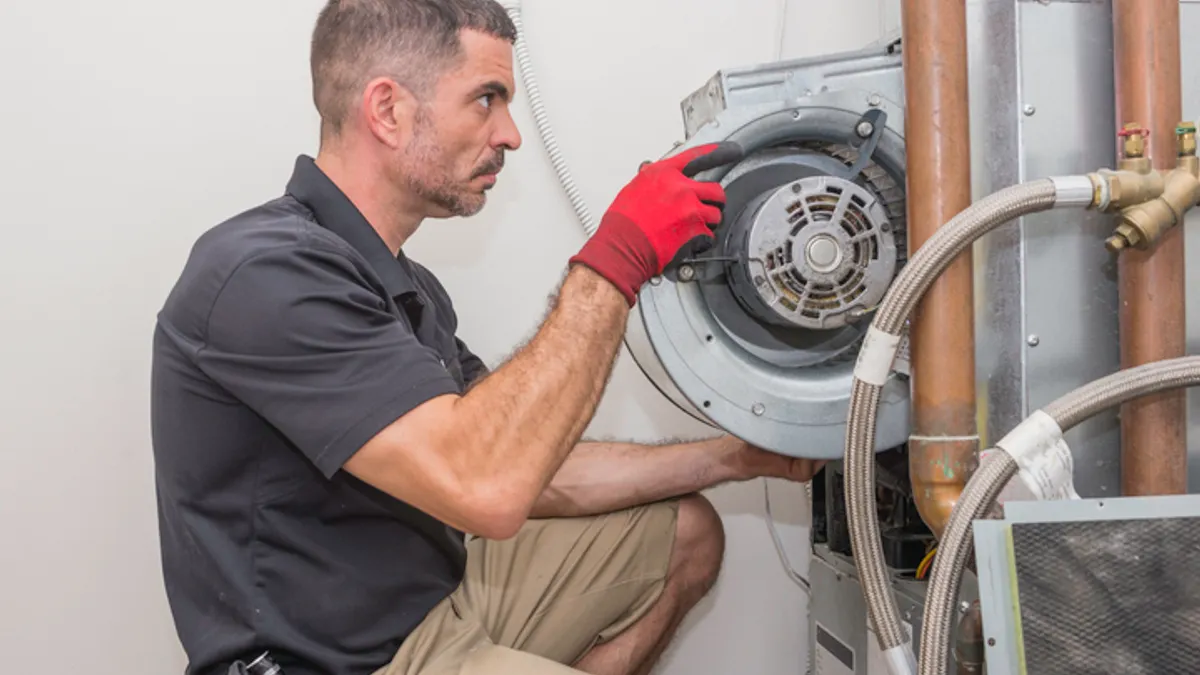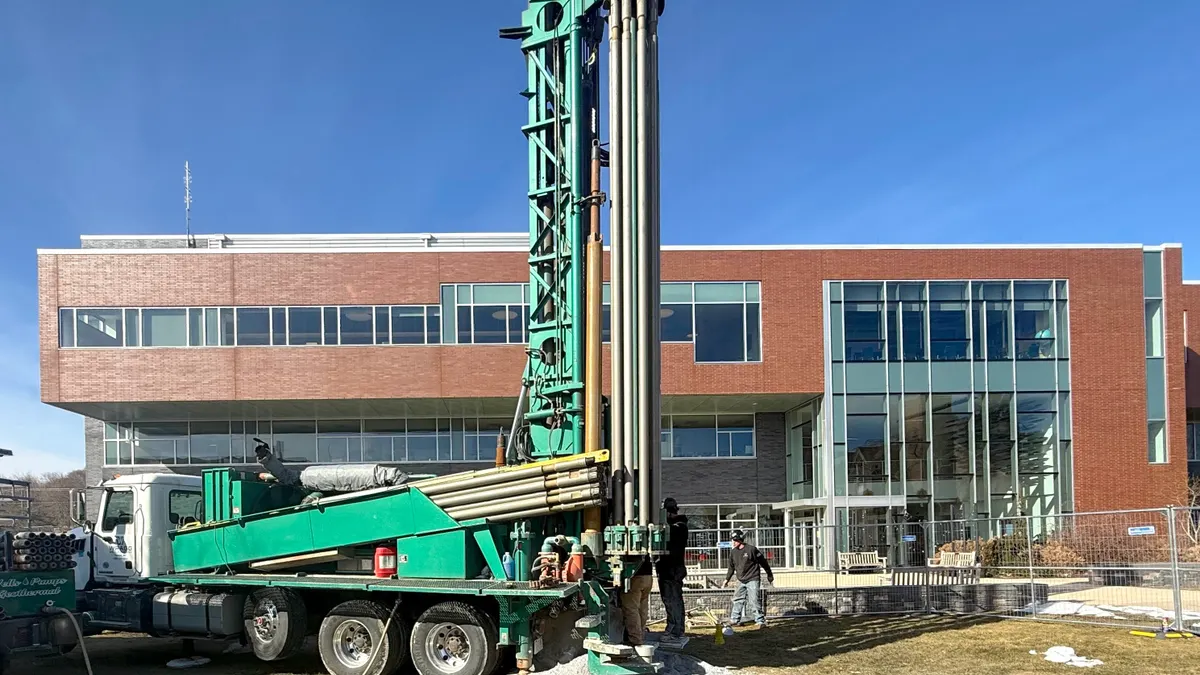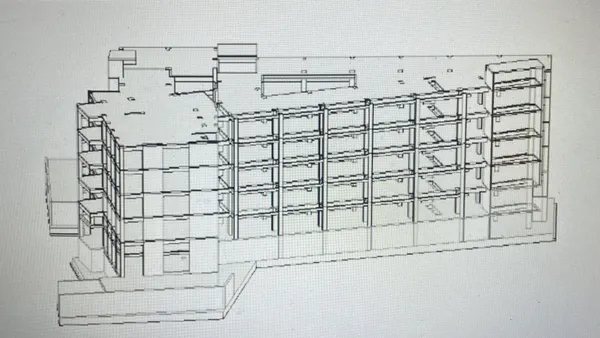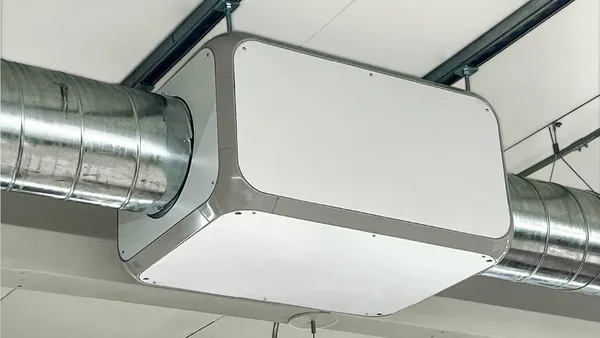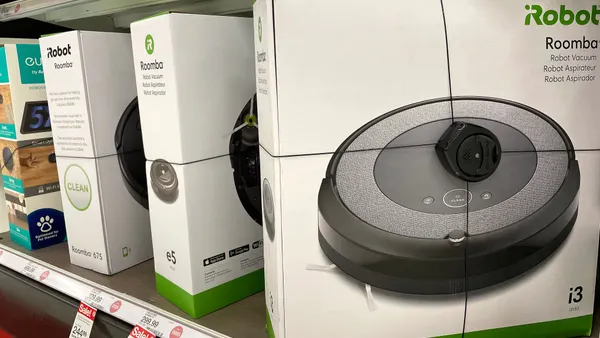It wasn’t Danny Clemens’ idea to adopt a workflow management tool to help him manage the 29 buildings he oversees as director of facilities for the Bullitt County School District in Kentucky. The idea was the district’s technology chief’s to make procurement easier. But by adding facilities operations to the tool, Clemens has been able to tweak when and where his technicians focus their attention to keep older equipment maintained without disrupting classroom instruction.
“The classroom is the center of our universe, so we want to disrupt it the least amount possible,” Clemens said in an interview.
The district’s tech director reached out to Clemens about 14 months ago about having facilities piggy back on the tool, from incident IQ.
“We were using a platform that was digital but it wasn’t very good,” said Clemens, a former teacher and school principal who took over as facilities chief for the district in 2023.
Incident IQ specializes in the K-12 space but other companies make workflow management software available to facilities managers, including UpKeep, MaintainX, Corrigo and Limble, among others.
The big change for his operations is the visibility the tool gives him and his technicians into the status of the equipment they have to keep running.
“I have only 15 maintenance techs and only two of them are preventive maintenance, so I have to be very efficient with our time,” he said. “This allows us to frontload the work instead of working from the backside.”
Work that requires a steady cadence, like keeping HVAC filters clean, gets inputted in the software so the maintenance techs get automated work orders.
“It designates to them, ‘I should be at this school, on this floor, changing filters in the HVAC units on this day,’” he said. “It doesn’t rely on me going into the system remembering, ‘Oh, yeah, we need to put those in.’ It’s already built into the mechanism.”
As things come up, he and other school officials send out work orders that everyone sees in real-time.
“Whether it’s a school sending in a work order or we’re assigning a work order to a technician … the agent is on site or in the field acknowledging it and everybody stays within the loop, which is half the challenge,” he said.
The service data that’s collected over time helps on budgeting, too, by creating a history that can support capital requests, he said.
“I was able to go into our last budgeting cycle and collect this data and tell our superintendent and finance chief, ‘This is where the work orders are coming from,’” he said. “That was a real conversation I had using this data to derive basically that we need $2 million of HVAC at this school, and I was able to support it because of the documentation I had.”
Clemens’ team has been inputting data on equipment as they work on it with the idea that the database will become more complete over time. The team has focused first on HVAC equipment to keep classroom temperatures comfortable and as part of a district-wide energy efficiency goal.
“We pride ourselves on our energy use,” he said. “We’re a district that in 2000 still had a school burning coal outside of Louisville. Now we have a school that’s solar and all of our schools have geothermal. So for us, a lot of our work orders are for HVAC, because that’s the bulk of our energy savings.”



